The US Enhanced Vision Systems Market is an area characterized by rapid technological advancements and significant competition among various players. As the demand for improved visual experiences has risen across industries, from automotive and aviation to consumer electronics, companies are constantly innovating to capture market share. Key drivers in this market include advances in augmented reality (AR) and virtual reality (VR), offering immersive experiences that enhance user interaction with digital environments. Competitive dynamics are influenced by factors such as technological innovation, product quality, pricing strategies, marketing effectiveness, and strategic partnerships that can enhance brand visibility and customer loyalty.
As companies strive for differentiation, understanding competitor strengths and weaknesses becomes crucial for long-term success.Oculus has established a prominent presence within the US Enhanced Vision Systems Market, primarily leveraging its cutting-edge virtual reality technology. The company is known for its strong focus on immersive content and user-friendly interfaces, creating an engaging experience for consumers. A significant strength of Oculus lies in its established ecosystem that integrates hardware and software seamlessly, ensuring superior performance and user satisfaction. This synergy has given Oculus an edge in engaging developers and content creators, further expanding its offerings.
Robust marketing strategies and active community engagement initiatives have solidified its reputation, contributing to a loyal customer base that prioritizes innovation and immersive experiences. The company's focus on research and development is also crucial, allowing it to stay ahead of emerging trends in enhanced vision systems.Apple, known for its innovation and premium product offerings, has made considerable strides within the US Enhanced Vision Systems Market through its advanced augmented reality technologies. Offering a wide range of products such as ARKit and various AR-enabled devices, Apple showcases a commitment to providing high-quality user experiences.
This positioning enhances its market presence and solidifies its reputation as a tech leader in the US region. A noteworthy strength of Apple is its fluid integration of hardware and software, ensuring that all offerings function optimally within its ecosystem. Furthermore, the company often engages in strategic mergers and acquisitions to enhance its technological capabilities, allowing it to maintain a competitive edge. By continuously advancing its AR technologies and focusing on user-centric design, Apple captures a significant share of the market while building a strong foundation for ongoing growth and innovation in this evolving landscape.


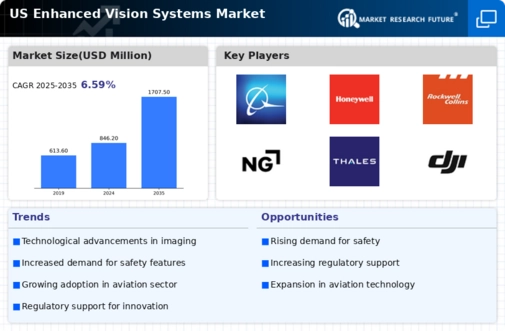

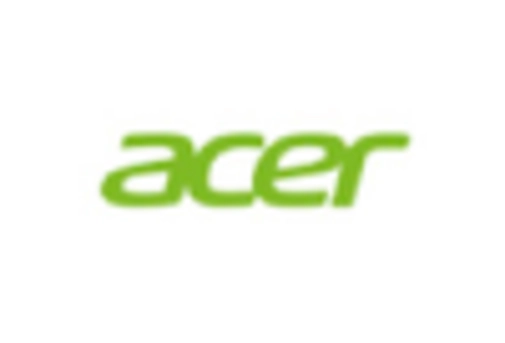
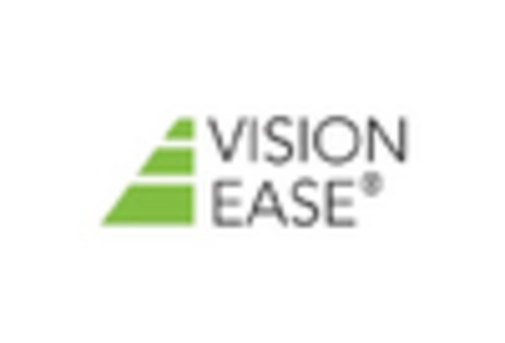
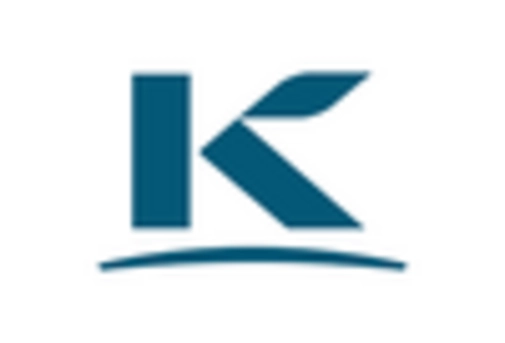
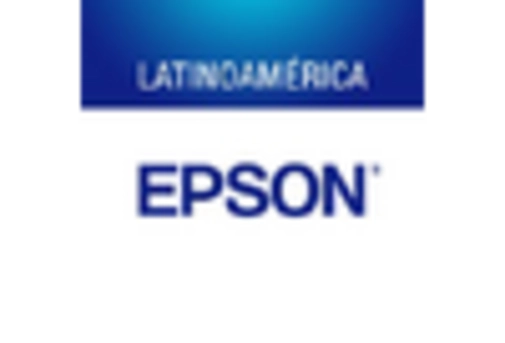
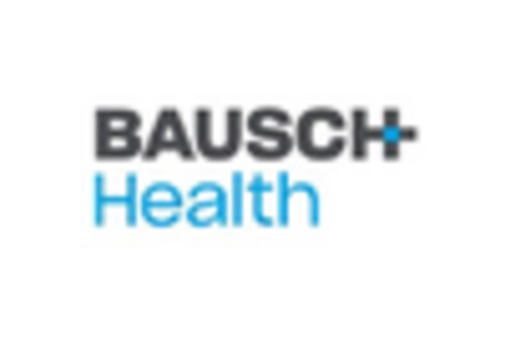


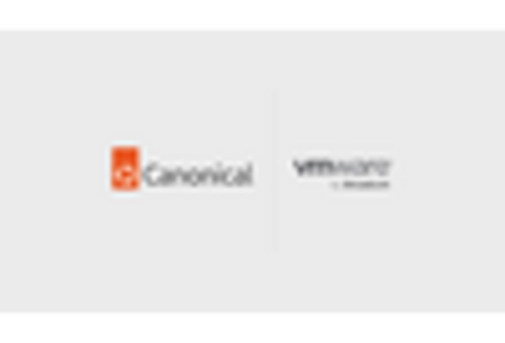

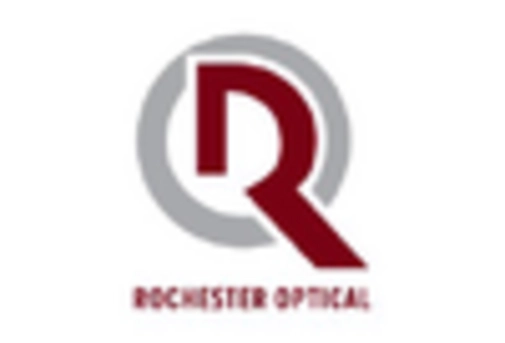
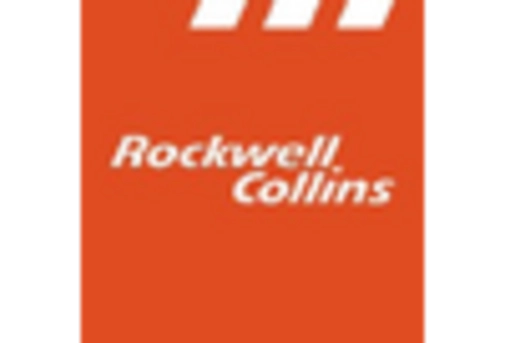
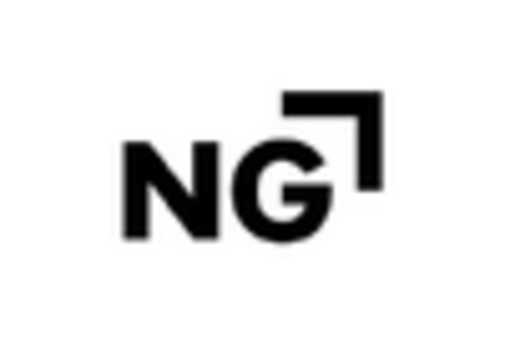
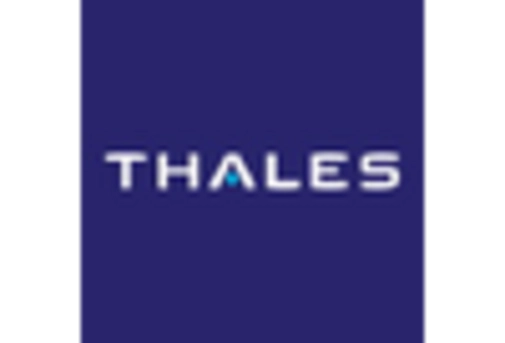
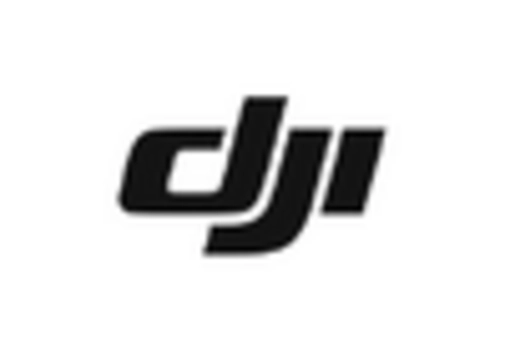
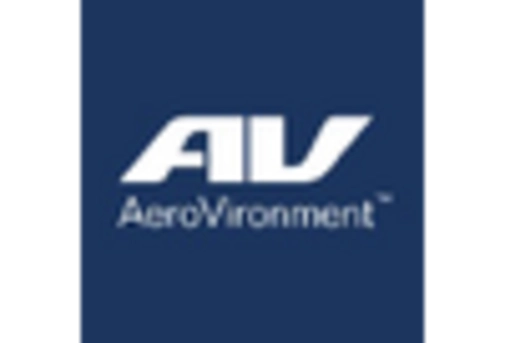

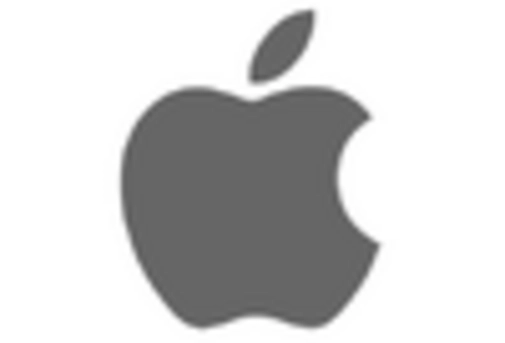








Leave a Comment